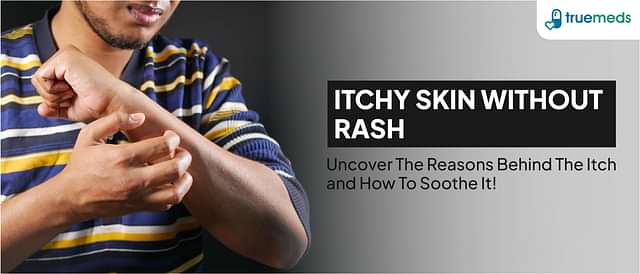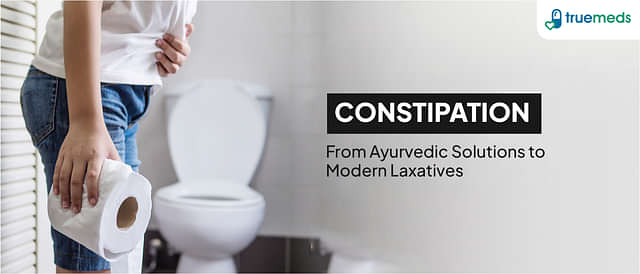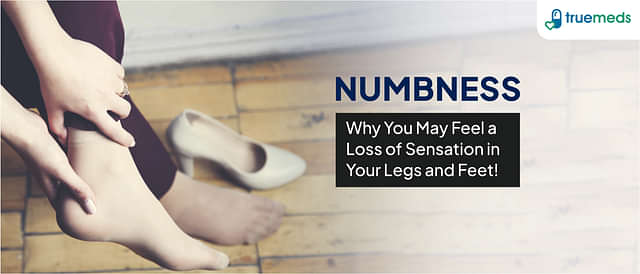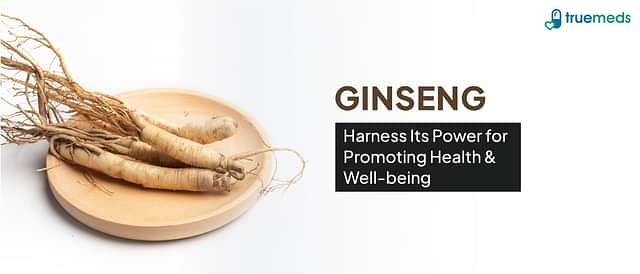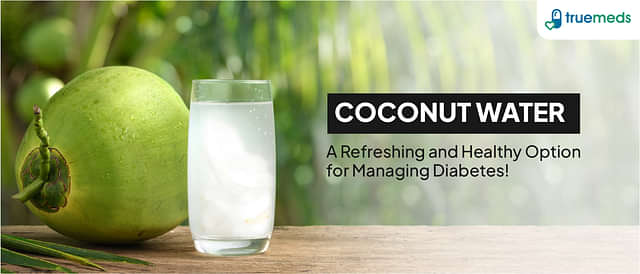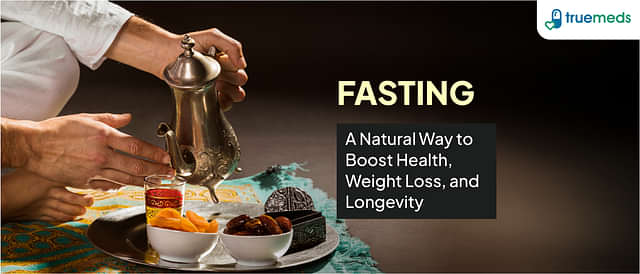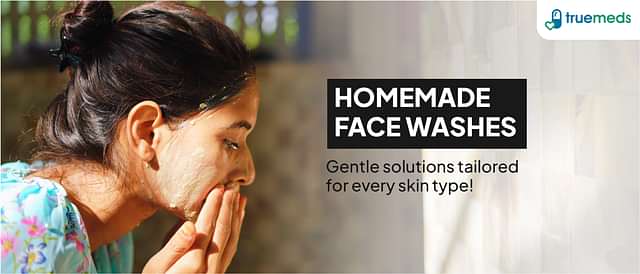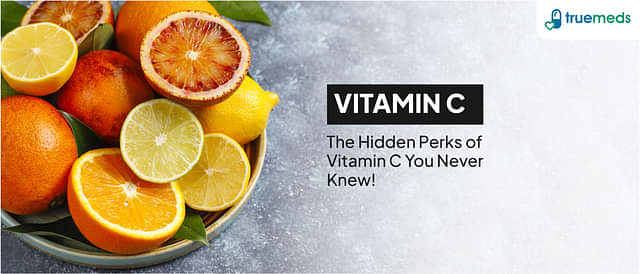Hyperhidrosis Causes And Symptoms
Last updated on : 06 May, 2025
Read time : 6 min
What is Hyperhidrosis?
Hyperhidrosis, also termed seborrhea, is a physical state that causes excessive sweating. Sweaty palms can occur in unexpected circumstances, such as in cooler weather, or without any apparent cause. Other medical problems, such as menopause or hyperthyroidism, might also cause it.
The sweat glands in your body overreact to hyperhidrosis. This excessive activity causes you to perspire profusely at times and places where others would not. Excessive sweating causes can be a medical condition or an emotion (such as nervousness). Controlling symptoms can be a persistent issue for many persons in hyperhidrosis treatment.
While it is not a life-threatening disorder, its psychological and social effects can have a significant influence on one’s quality of life. Because of the constant moisture of the skin, hyperhidrosis can make the skin vulnerable to infection. To properly monitor and treat patients, it’s crucial to understand this ailment and its implications.
Excessive sweating causes and types
1) Primary focal hyperhidrosis-
It is a chronic skin condition of excessive sweating that can be passed down the generations. It is caused by a mutation (difference) in your DNA. Primary hyperhidrosis is another name for it. Focused hyperhidrosis affects the majority of people who have sweaty palms. Only the armpits, hands and feet, and head are commonly affected by this condition. It usually begins before the age of 25, usually before the age of 25.
People used to believe that primary excessive sweating causes the patient’s mental or emotional state and that it was a psychiatric ailment that exclusively affected worried, anxious, or nervous people. When exposed to the same causes, people with primary hyperhidrosis are no more prone to sensations of worry, uneasiness, or emotional stress than the rest of the population, according to recent research.
2) Secondary generalized hyperhidrosis
Sweaty palms induced by a medical condition or as a side effect of some medications are known as secondary generalised hyperhidrosis. It usually begins in adulthood. You may have sweaty palms or sweat all over your body or just in one spot if you have this type. You may also perspire while sleeping.
Excessive sweating causes
- Diabetes
- Hot flashes during menopause
- Thyroid issues
- Blood sugar levels are low.
- Several forms of cancer exist.
- Angina pectoris
- Disorders of the nervous system
- Infections
Symptoms of Excessive sweating
The intensity of hyperhidrosis symptoms and their influence on your life can vary greatly. Minor symptoms can fluctuate for a long time. Excessive sweating may also be a daily struggle, a source of irritation and uncertainty.
- Different people are affected in different ways. Excessive sweating can collect beneath your arms or on your back.
- Soak your shirt to the point where you need to change into something more comfortable.
- Make a bead on the inside of your cheeks or forehead.
- Soak your socks or let water drip down your hands.
- When perspiration affects the affected area, the reason for excessive sweating causes skin itching and irritation.
- When bacteria on the skin interact with sweat hands, body odour develops.
- Sweaty palms, bacteria, and chemicals (deodorants) leave residue on clothing that leaves visible marks.
- Paleness or other discolouration of the skin, as well as fissures or wrinkles, are all signs of ageing.
- The soles of your feet have maceration (unusually soft or dissolving skin).
Diagnosis of excessive sweating
A dermatologist does a physical examination on the patient to diagnose the reason for excessive sweating causes. This involves paying particular attention to the parts of the body that sweat a lot such as sweaty palms or sweaty hands. A dermatologist will also ask you detailed questions before hyperhidrosis treatment. This helps the doctor figure out why the patient has excessive sweating. Medical testing is sometimes required.
a) Thermoregulatory sweat test
A moisture-sensitive powder is applied to the sweaty palms in a thermoregulatory sweat test. The powder changes colour when significant perspiration happens at room temperature. The patient is then placed in a sweat cabinet, which exposes them to extreme heat and humidity, causing them to sweat profusely all over their bodies.
b) Starch-iodine test
Your provider will administer an iodine solution to the area where you have excessive sweating, then sprinkle starch on top of it. The solution turns dark blue when there is excessive perspiration.
c) The paper test
A specific paper is placed on the sweaty hands or sweaty palms to absorb sweat in a paper test. Your supplier will then weigh the paper to see how much you sweated.
Hyperhidrosis treatment
Excessive sweating causes can be treated in a variety of ways
1) Iontophoresis:
This method in hyperhidrosis treatment involves submerging yourself in water and receiving low-level electrical currents from a gadget. Currents are frequently supplied to your sweaty palms, feet, or armpits to block your sweat glands temporarily.
2) Anticholinergic medications:
Anticholinergic medications can help with excessive sweating causes. Glycopyrrolate (Robinul) is one of these medications that prevents acetylcholine from functioning. Acetylcholine is a substance produced by your body that aids in the stimulation of sweat glands. These medications take around two weeks to treat the reason for excessive sweating and can induce constipation and dizziness.
3) Botox (botulinum toxin):
Severe hyperhidrosis treatment includes the administration of Botox injections. They stop your sweat glands from being stimulated by nerves to avoid sweaty palms. This treatment normally requires numerous injections before it is effective.
4) Endoscopic thoracic sympathectomy (ETS):
This surgical procedure is only suggested in severe instances where other treatments have failed to treat excessive sweating causes. The nerves that send messages to the sweat glands are destroyed.
5) Lifestyle changes:
Changes in your lifestyle (such as showering more frequently or wearing breathable textiles) may help to alleviate minor hyperhidrosis symptoms. Your doctor will go through all of your treatment options to treat excessive sweating with you and help you pick which is best for you.
6) Antiperspirants based on aluminium:
Antiperspirants operate by blocking sweat glands, causing less sweaty palms and sweaty hands. Your doctor may advise you to take over-the-counter or prescription-strength supplements for hyperhidrosis treatment. Antiperspirants with increased potency may be more beneficial. However, they are more prone to induce negative side effects including skin inflammation.
For the latest coupons and offers on medicines, follow us on Instagram and Facebook
Disclaimer
Our healthcare experts have carefully reviewed and compiled the information presented here to ensure accuracy and trustworthiness. It is important to note that this information serves as a general overview of the topic and is for informational purposes only. It is not intended to diagnose, prevent, or cure any health problem. This page does not establish a doctor-patient relationship, nor does it replace the advice or consultation of a registered medical practitioner. We recommend seeking guidance from your registered medical practitioner for any questions or concerns regarding your medical condition.
Popular Articles
Recent Articles
Top-Selling Medicines:
...View more
Top-Selling OTC:
...View more
Company
About UsHealth ArticleHealth StoriesDiseases & Health ConditionsAyurvedaAll MedicinesAll BrandsNeed HelpFAQSubscribe
Registered Office Address
Grievance Officer
Download Truemeds

Contact Us
Our customer representative team is available 7 days a week from 9 am - 9 pm.
v3.8.7
2025 - Truemeds | All rights reserved. Our content is for informational purposes only. See additional information.
Our Payment Partners










